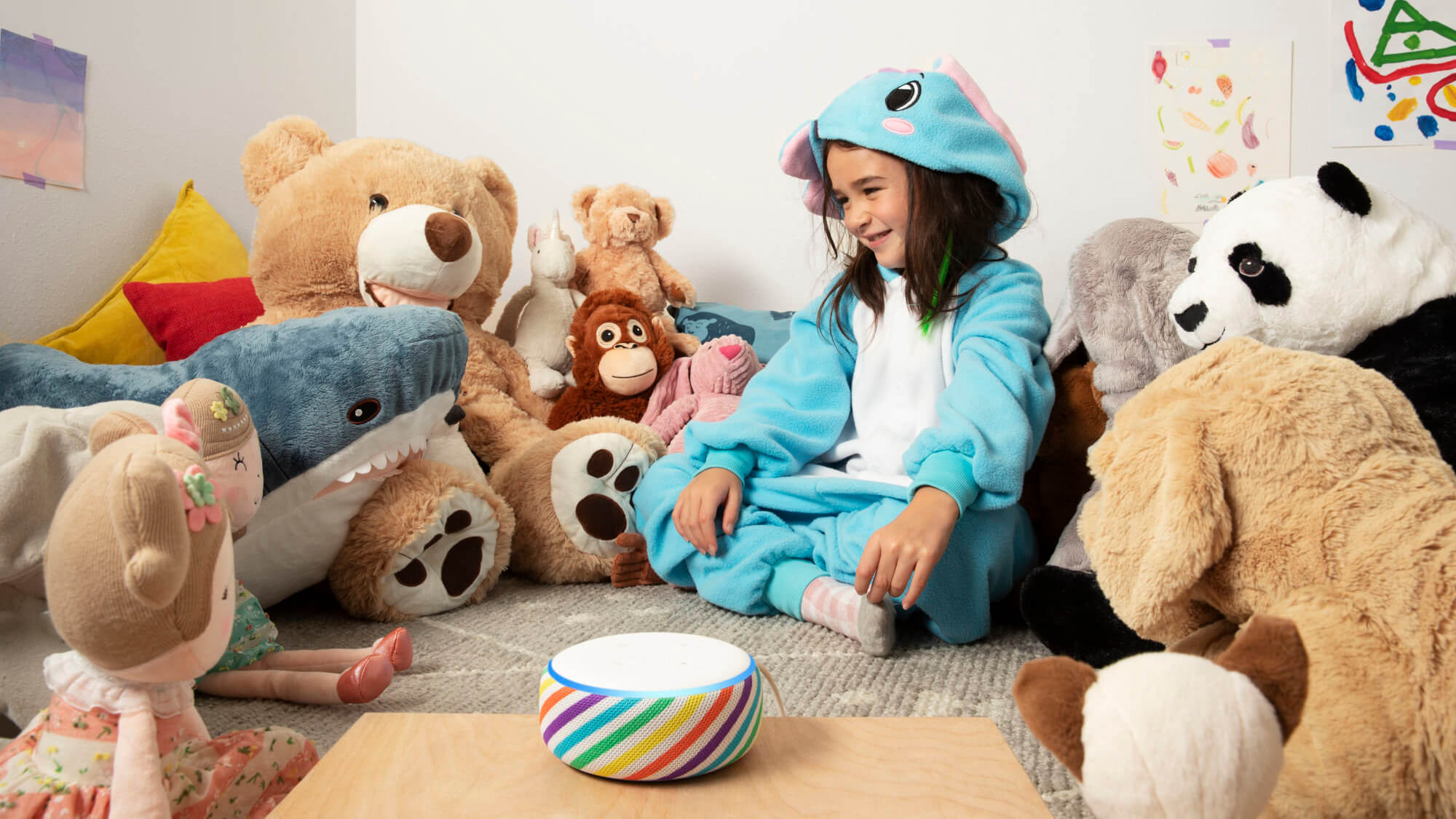Amazon Sidekick is likely one of the coolest features you have never heard of. Amazon announced it late last year and other than an initial press release, they haven’t really promoted it. Amazon Echo smart speakers can read along with your child’s favorite Kindle and print books. Alexa listens, corrects mistakes and occasionally repeats a passage to help kids learn. The feature is not free of charge, to take advantage of of it, a subscription to Kids+ has to be enabled. There is a dedicated landing page that outlines what the program is all about and lists thousands of print and ebooks that are compatible with Sidekick. The catalogs are not static either, new books from major publishers are added every week.
Reading Sidekick works with most Alexa-enabled devices, including the Echo, Echo Dot, Echo Dot Kids, Echo Plus, and Echo Show. Once the Amazon Kids mode is enabled on the smart speaker or smart display (through the Alexa smartphone app), a child can then say “Alexa, let’s read” to start the Reading Sidekick. The book has to be purchased on a Kindle, Fire Tablets or the Amazon website. They will then be prompted to choose a book and Alexa will ask if they want to read a little or a lot. Alexa will read some of the passages and then wait for the child to read the next passage back. It is sort of like taking turns with the voice assistant.
As the child reads, Alexa offers words of encouragement, like “Amazing job!” and “Way to stick with it!” or even “Woohoo!” If a child reading gets stuck on a word and stops reading, Alexa can provide the next word to help them continue. By reading with Alexa, kids can practice in an environment that helps grow their confidence in reading.
Amazon stated that during the development of Sidekick, Alexa learned new ways to support young readers. The team designing the experience made sure Alexa provided more time for new readers to sound out a word or a series of words. Alexa has also learned how to understand kids’ pronunciation, which can vary geographically, culturally, and by the developmental stage of each reader. Alexa will not ask a reader to repeat a word a particular way. These features were completed by fine-tuning Echo’s far-field mics and adapting to young readers who may be farther away from their Echo device, reading behind a physical book, or speaking with varying levels of confidence.
One of the things I really like is the inclusion of Kids Profiles. This will allow the Echo to recognize the voice of a specific child and then personalize the experience to them, which can be helpful when multiple children are sharing a single Echo device. If the child is speaking to an Echo that doesn’t have the Kids mode enabled and Alexa recognizes their voice, it will switch into Kids mode and provide age-appropriate answers, filter explicit music, limit calls and messages to approved contacts, and limit access to approved skills. Parents will be able to set up to four unique voice profiles for their kids
Dr. Michelle Martin, a professor for Children and Youth Services at the University of Washington, said the new Alexa feature combines education with entertainment and relies on thorough research. “Reading Sidekick offers children excellent reading support in the form of ’edutainment’—kids learn a gracious plenty, but they’re enjoying the interaction with Alexa so much, they don’t necessarily know they’re learning,” said Martin, also a member of the Amazon Kids and Family Advisory Council.
“The Amazon educational team has done due diligence to glean best practices from teachers, reading specialists, and children’s literature scholars to ensure Reading Sidekick is not only engaging but backed by decades of research on literacy development,” she added. “Whether children use it alongside an expert reader or alone, they will gain confidence, reading independence, and greater enthusiasm for story.”
Michael Kozlowski is the editor-in-chief at Good e-Reader and has written about audiobooks and e-readers for the past fifteen years. Newspapers and websites such as the CBC, CNET, Engadget, Huffington Post and the New York Times have picked up his articles. He Lives in Vancouver, British Columbia, Canada.

